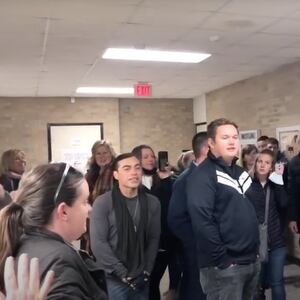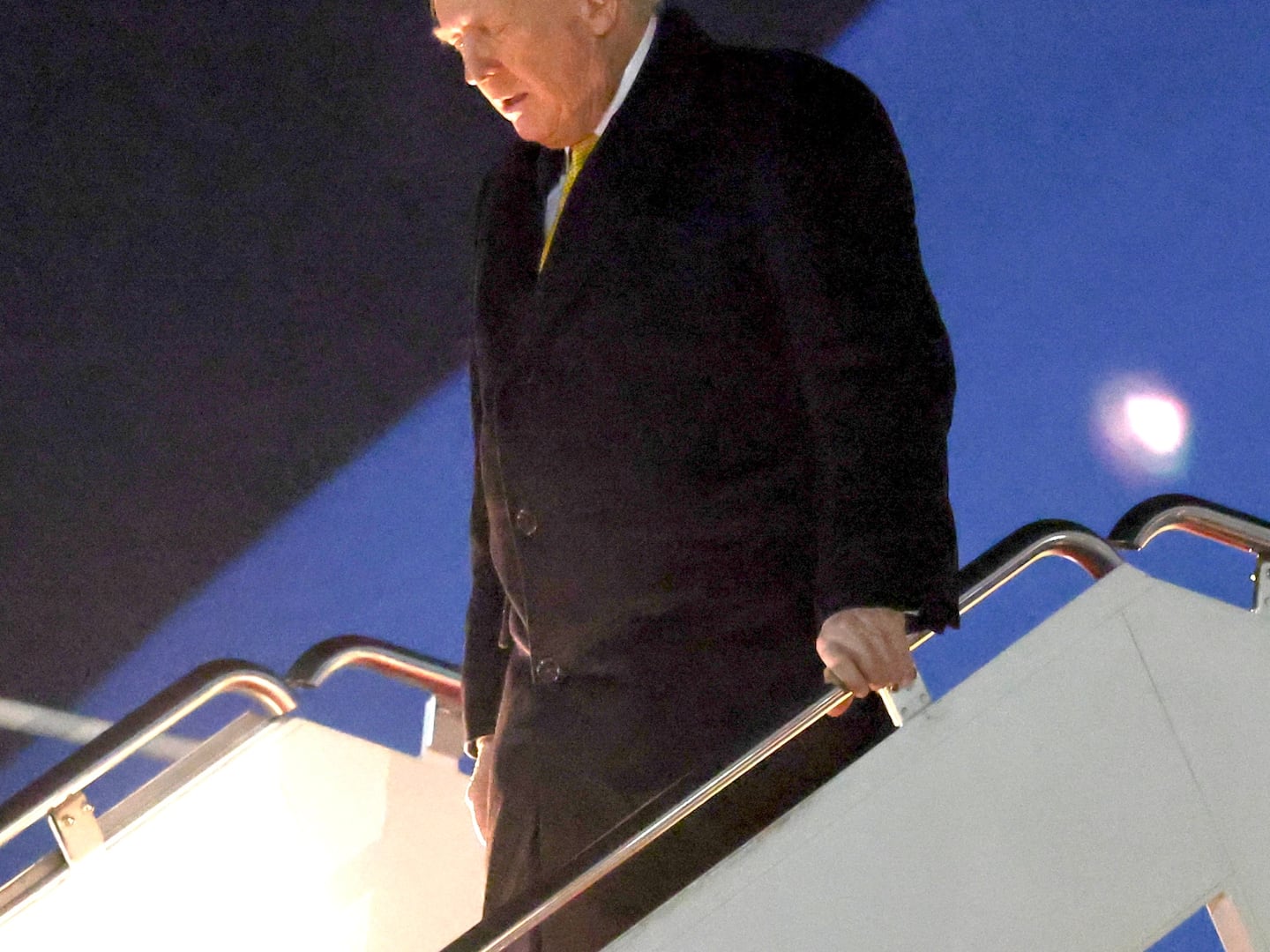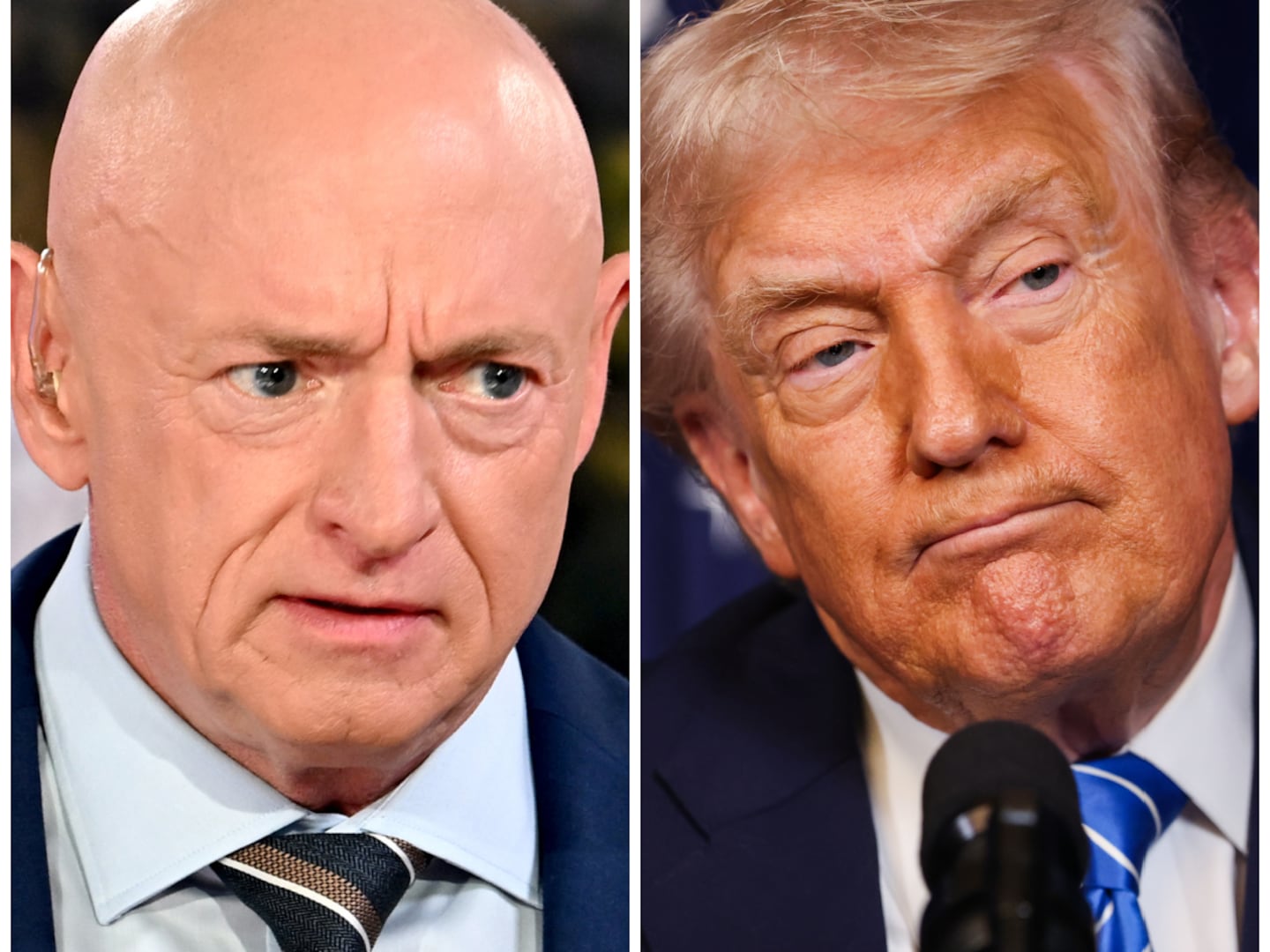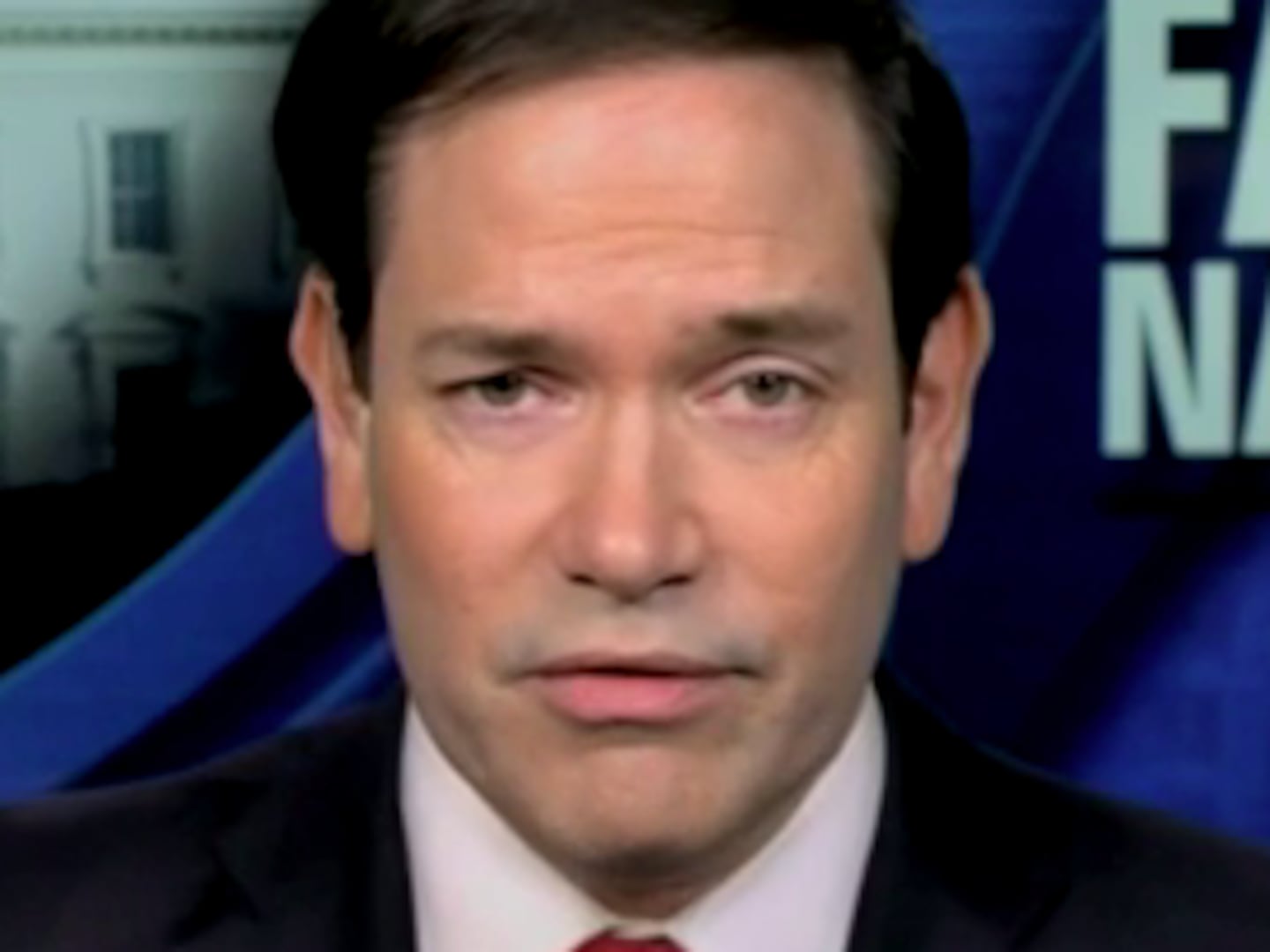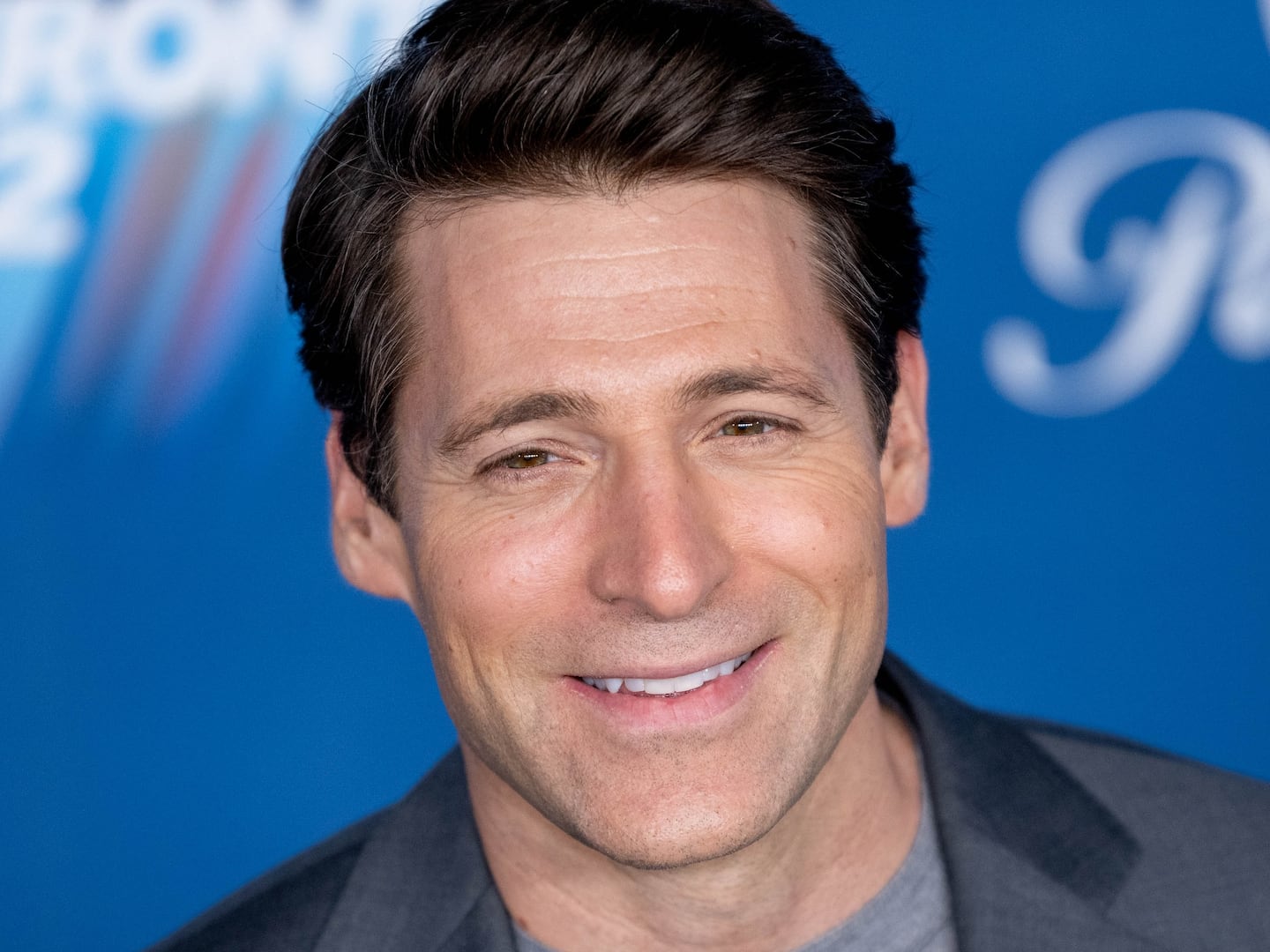As the nation passes President Joe Biden’s ambitious goal of 200 million vaccinations in his first hundred days in office with more than a week to spare, and as the “dark winter” the president forewarned gives way to summer, more and more vaccinated Americans are itching to get back to some imitation of normalcy. And for many of them, “normal” looks like being able to go outside without wearing a mask.
But despite a growing scientific consensus that the risk of infection outdoors is negligible in most realistic settings, the White House’s COVID-19 task force has remained publicly adamant that the public keep wearing masks outside—at least for now.
“Let’s get to the 100 days,” Andy Slavitt, the White House’s senior advisor for COVID-19 response, told reporters on Monday when asked whether the president’s call for 100 days of mask-wearing might be reconsidered anytime soon. “You know one thing about President Biden: He follows the science, he listens to his scientists, and we’ve got 12 more days to go until we get there. So please mask up, everybody, because it does save lives.”
At this point, nearly all of us have thought it. It’s first thing in the morning or late in the evening. After a brutal winter and an unending March 2020, you’re enjoying a break from the inside of your home by taking a stroll outside, enjoying the increasingly tempting spring weather by walking your dog or sipping a “walktail.” Slowly, you realize two things: there’s hardly a person in sight, much less within six feet of you, and that you’re still, somehow, wearing a mask.
Twenty-six states require people to wear masks in public to one degree or another, as well as the District of Columbia, where the National Park Service has recently erected all-caps signs in public parks tut-tutting residents for gathering outside without masking up. But the public health consensus has shifted around how and where a person is most likely to contract the not-so-novel coronavirus—the days of spraying takeout pizza boxes with Everclear are mercifully behind us—and outdoor spread is extremely unlikely.
“There’s really very limited evidence to suggest that outdoor transmission plays any significant role in SARS-CoV-2 transmission,” said Dr. Tim Brewer, a professor of epidemiology at the UCLA Fielding School of Public Health. Brewer, who has advised the World Health Organization and the CDC, pointed to a meta-analysis published by the Journal of Infectious Diseases in February that suggested that even if outdoor transmission does contribute to the COVID-19 pandemic, “it probably plays a very limited role.”
So why the disconnect?
“The reason public health authorities are insisting on universal masking outdoors is because they are thinking in terms of the population, not the individual,” said Lawrence Gostin, director of the O’Neill Institute for National and Global Health Law at Georgetown University. “If an unvaccinated person sees a lot of people failing to mask up, it will be tempting to do the same. And that would be dangerous.”
To put it bluntly, Gostin said, the government is asking the people who have already played by the strictest rules to keep doing so—even if the rules don’t make sense for them, specifically.
“It is hard to make a nuanced case that vaccinated people needn’t wear masks while unvaccinated individuals still have to,” Gostin said. “It is far easier, and more effective, to make a blanket rule that applies to everyone in a public space.”
Part of the hesitancy is that COVID-19 infection numbers and daily death rates, while dramatically lower than the peak of the third wave, remain stubbornly steady despite a massive vaccination campaign that this week expanded to include every American over the age of 16. Combined with fear of vaccine-dodging variants and increasing concern that vaccine supply is on the verge of outpacing vaccine demand with only one-third of adult Americans fully inoculated, the White House’s COVID-19 team is holding fast.
“I appreciate that everybody’s getting tired of this pandemic—we’ve been in it for over a year, and we’re ready to move on with our lives,” Brewer said. “I think what the task force is grappling with is that our case numbers and now our deaths have stabilized a little bit… The fact that we were making progress for about two and a half months and then we seemed to stop, I suspect that’s what’s leading to the recommendations.”
But as more Americans begin to thoughtfully examine the straightforward weirdness of wearing a mask while walking to a restaurant or a bar, only to take it off when entering an indoor space where aerosolized transmission is at a much higher risk, continued messaging from the government about required outdoor mask-wearing risks turning people off the entire enterprise.
In an interview with CNN’s Jake Tapper on Wednesday, Slavitt acknowledged that the continued insistence on outdoor masking may not be in step with the reality on the ground.
“How much longer do I need to wear a mask outdoors by myself? How does it make sense for me to wear a mask walking down the street by myself?” Tapper asked, noting that he has been fully vaccinated for more than two weeks, long after the point when Dr. Rochelle Walensky, director of the CDC, indicated that people “do not carry the virus”—a statement that was later walked back. “I mean a lot of this is confusing to people. They hear, ’wait, I get vaccinated, and I still have to do all this stuff.’”
Slavitt called the issue of wearing masks outdoors while being allowed to take them off inside restaurants and bars “reasonable questions,” and suggested that at long last, the government may soon be willing to answer them.
“I think they’re in the process of putting together further guidance,” Slavitt said, admitting that while the CDC is “not always going to be as fast as everybody wants them to be,” he is “quite confident that over the next couple of weeks and months those questions will be answered, those guidelines will absolutely loosen.”
Some states aren’t in the mood to wait, however. On Wednesday, Gov. Gary Cooper of North Carolina issued a stick-and-carrot statement promising that the state’s mask mandate would be lifted entirely once two-thirds of the state’s citizens are vaccinated—the kind of reward that could make a huge difference in combating growing vaccine hesitancy.
“Public health officials should hold out the hope and expectation that in the near future vaccinated individuals can enjoy the outdoors without wearing a mask,” Gostin said. “That would comport with scientific findings showing the risk is negligible.”
Dr. Anthony Fauci, the president’s chief medical adviser and director of the National Institute of Allergy and Infectious Diseases, told reporters this week that “we all want normalcy in America” like other countries have begun to experience, pointing to Israel’s decision to rescind its outdoor mask mandate on Sunday.
But, Fauci said, pointing to a graph showing that nearly two-thirds of Israelis had received at least one dose of the vaccine, “the highway to that normalcy is vaccination.”
“We can get there,” Fauci said. “And every single day, as we get 3 to 4 million people vaccinated, we get closer and closer to that normalcy.”
In the meantime, though, the social science of setting a good example may outweigh the hard science showing that outdoor exposure isn’t as much of a risk.
Brewer, for example, still wears a mask when he walks his dogs in the morning, despite being fully vaccinated and despite his dogs’ leashes providing a helpful six-foot measuring stick.
“I do that as much to set as an example, as because of concern about risk,” Brewer said. “The chances are extremely low that I would become infected, especially now that I’m vaccinated… Really, I do it to set an example.”


